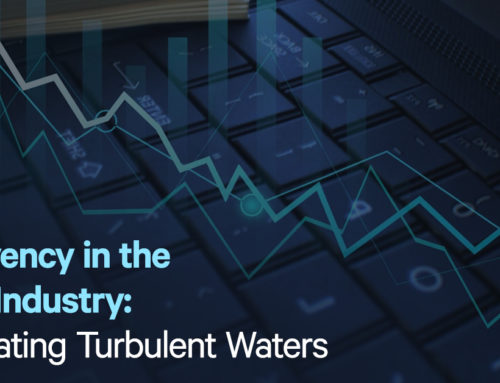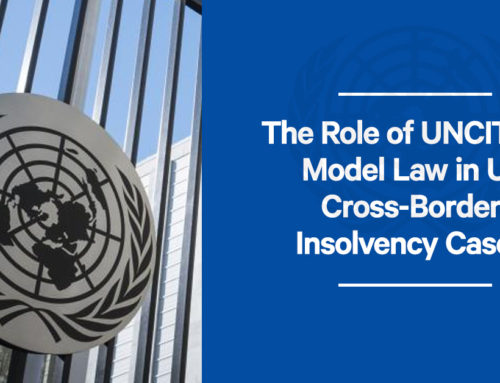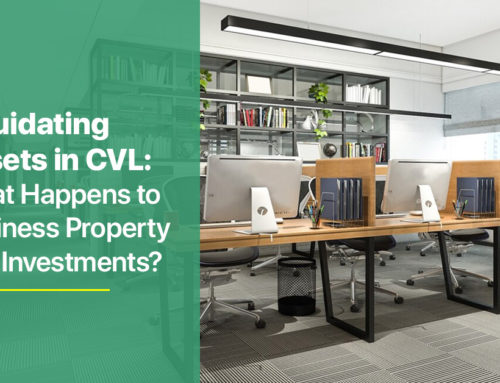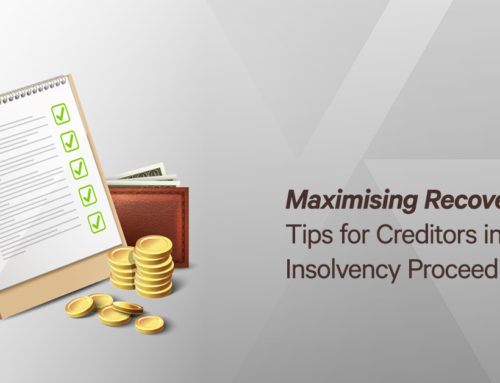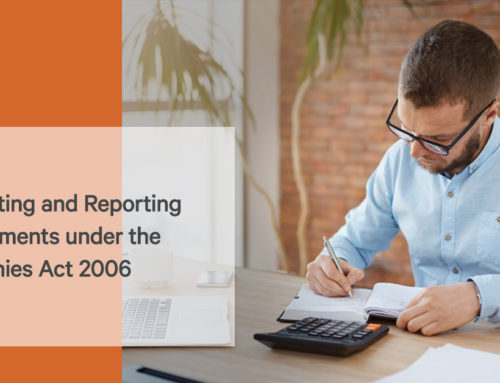Insolvency and bankruptcy – it’s confusing to know which applies to your business. Whilst the two are similar, they are also very different and don’t mean the same thing. Insolvency is when a company or an individual can’t pay their debts on time. Bankruptcy is the legal process that follows when an individual has been declared bankrupt.
A creditor can petition for insolvency and bankruptcy proceedings if the company owes them more than £750, and the debtor does not dispute the fact they owe the debt. In some cases, insolvency may end up in bankruptcy if the two parties are unable to come to an agreement regarding the debt owed.
What is insolvency?
Insolvency is where a business is unable to pay their debts to creditors on time. There are two types of insolvency:
- Cash flow insolvency – although the company’s assets are more than their liabilities, or debts, they do not have sufficient cash flow, or liquid capital, to pay the priority debts. Basically, they don’t have the cash as all their liquidity is tied up in assets. Most cash flow insolvencies can be resolved through a voluntary agreement with creditors whereby a lower regular payment is accepted until the company’s financial situation changes.
- Balance sheet insolvency – this is the reverse of cash flow insolvency in that the company’s debts are greater than the total value of its assets. That said, it doesn’t mean that all is lost. There are a variety of options for companies and creditors that don’t necessarily lead to liquidating the company or declaring bankruptcy.
What is bankruptcy?
Bankruptcy isn’t the financial situation, as in the case of insolvency. It is the legal procedure following being declared insolvent. Bankruptcy only applies to individuals, not partnerships or companies, although there are misconceptions about the use of the term bankruptcy, and it is often used in the wrong context. However, US companies can file for bankruptcy once declared insolvent, which is probably where the confusion comes from.
Insolvency and bankruptcy – the differences
Insolvency is the financial state of an individual, a sole trader, a partnership or a limited company. It is not the legal procedures or the options that can be agreed to in order to pay back a company’s debts.
Only an individual or sole trader can declare bankruptcy. Partnerships and limited companies can enter a debt management plan, go into administration or liquidate the company. If an individual owes more than £5,000 to any creditor or creditors, they can declare bankruptcy themselves, known as a debtor’s petition, or a creditor can petition the courts to declare the individual bankrupt, which is called a creditor’s petition. In the case of a debtor’s petition, the individual is liable for the court costs. If it’s a creditor’s petition, the creditor is liable for the court costs.
The impact of insolvency and bankruptcy on a company’s shareholders and creditors
When a company is declared insolvent, be it voluntary or compulsory, secured and unsecured, creditors are entitled to pursue recovery of the debt through the court or via the insolvency practitioner appointed to handle the insolvency process.
Whether it is proposing a company voluntary arrangement (CVA), putting the company into administration, or liquidating the company, the insolvency practitioner will liaise with creditors throughout the process. This includes putting forward any voluntary arrangements, organising and attending creditors’ meetings, distributing realised funds from the sale of the company’s assets according to a set hierarchy, and winding up the company with Companies House.
Not all creditors will receive a dividend to repay their outstanding debt. If there aren’t sufficient funds released from the sale of assets, unsecured creditors and shareholders may lose out.
In the case of a individual’s or sole trader’s bankruptcy, creditors are no longer entitled to chase for recovery of the outstanding debt and must cease all court action. The insolvency practitioner appointed to service the bankruptcy process handles all communication with the creditors, including all payments. Once the bankruptcy period has ended, usually after a year and known as discharge, any debts that are still outstanding are wiped off except for court fines and loans from the Student Loans Company. Creditors are no longer allowed to contact an individual to recover any outstanding debt after discharge.
If there is a shareholder’s agreement, it offers a level protection should the company become insolvent. It will also protect the shareholder against directors of the company trading unlawfully, which are serious allegations.
When a company becomes insolvent, it must stop trading in order to put the creditors’ interest first. A shareholder’s agreement, which overrides the company’s Articles of Association in insolvency cases, often stops a stand-off between shareholders and directors, particularly over the handling of debts and any conflicts, and enables a resolution to be implemented. The agreement will also help minority shareholders who, in different circumstances and without an agreement, would have little to no influence on important insolvency matters.
A shareholder agreement would include:
- The issuing and transfer of shares
- Shareholder rights and duties
- The basis of final decisions and how disputes are resolved
- Voting powers
- Exit strategies
- Governance issues
- Remuneration and dividend policy for directors
- How the company is funded
However, there are some risks that aren’t included in a shareholder’s agreement due to the potential for disagreement between directors and shareholders. Insolvency is one such situation, as are family disputes, which could overspill into personal issues and may damage the opportunity for the company to recover and come out of insolvency.
The lifetime of a company changes, especially in difficult global circumstances such as the current coronavirus pandemic. Therefore, any shareholder agreement should be reviewed on a yearly basis and revised where necessary, such as a change in the company’s circumstances, a change of directors or a change in the market.
If your business is struggling with debts or you are thinking of winding up a solvent company voluntarily, the first step is to seek professional advice. Our highly experienced professionals at Leading are on hand to help and advise on the process.



